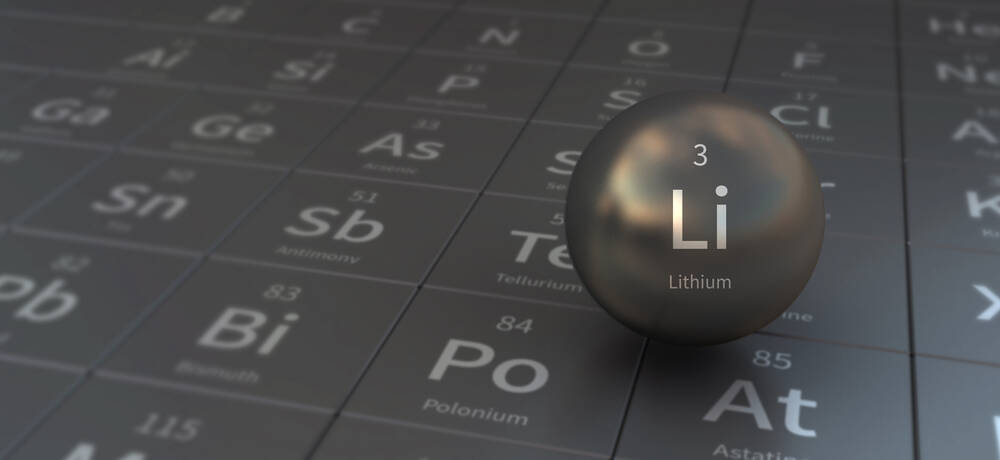Demand for raw materials to make electric vehicles will triple by 2050, while lithium-ion batteries could account for more than half the total resources needed for the auto industry by the same date, research from Japan has found.
Batteries account for about half of all resources consumed in battery electric vehicle production as the in-car power source needs lithium, nickel, cobalt, manganese, and graphite to work.
As the world scrambles to find new sources of these materials – the McDermitt Caldera region on the border between the US states of Oregon and Nevada is the latest contender – concern has emerged that the required resources to shift personal transport away from climate-changing fossil fuels have been underestimated.
Researchers from Ritsumeikan University conducted a comprehensive study projecting future resource needs for EV batteries by 2050. They found that current estimates fail to account for the need to replace batteries during the average vehicle lifetime.
Meanwhile, governments around the world expect the use of EVs to climb dramatically. The UK expects all new cars sold by 2035 to be EVs. Japan has set a target for car sales to be made up of 20-30 percent battery electric vehicles and plug-in hybrid electric vehicles and 30-40 percent hybrid electric vehicles (HEVs) by 2030. The US plans for half of new vehicles to be zero-emission by 2030, while Germany wants to have 15 million EVs on the road by 2030.
Worldwide EV demand is expected to grow from less than 45 million in 2023 to 250 million in 2030 and reach 525 million in 2035.
The research findings, published in the journal Resources, Conservation and Recycling this month, show that under current trends, the total material requirement from EVs will double from 2015 levels. But if the world were to try to limit climate change to 2°C above pre-industrial levels, resource demand would be another 22.7 percent higher. At the same time, lithium-ion batteries would account for 55 percent of the total resource use in the automotive industry.
Battery technologies are advancing rapidly. Samsung SDI, the Korean giant’s battery unit, has promised EV batteries that can charge to 80 percent capacity in a mere nine minutes, plus models that can perform at that level for 20 years.
Yet there remains the problem of where the resources for batteries will come from. The Ritsumeikan study found “circular economy strategies” could halve resource demand or maintain it at 2015 levels. It says that extending vehicle lifetimes, promoting car and ride-sharing services, enhancing material recovery and recycling in new vehicles, improving fuel efficiency, and adopting longer-lasting solid-state batteries could all help meet these goals.
For example, ride-sharing and recycling could reduce resource demand by up to 43 percent and 40 percent respectively. Improvements in fuel economy would also become important, cutting demand by up to 22 percent.
Ritsumeikan University associate professor Shoki Kosai said: “The findings of this study were clear. In the automotive sector, electrification contributes to an increase in resource use by approximately more than twice. Vehicle electrification can be achieved without increasing resource use if a set of circular economy strategies is concurrently and ambitiously implemented.” ®

